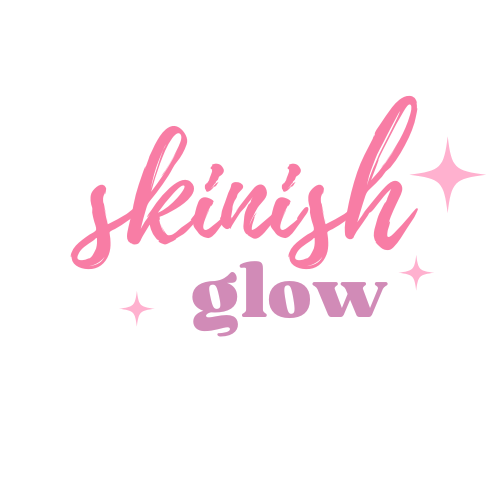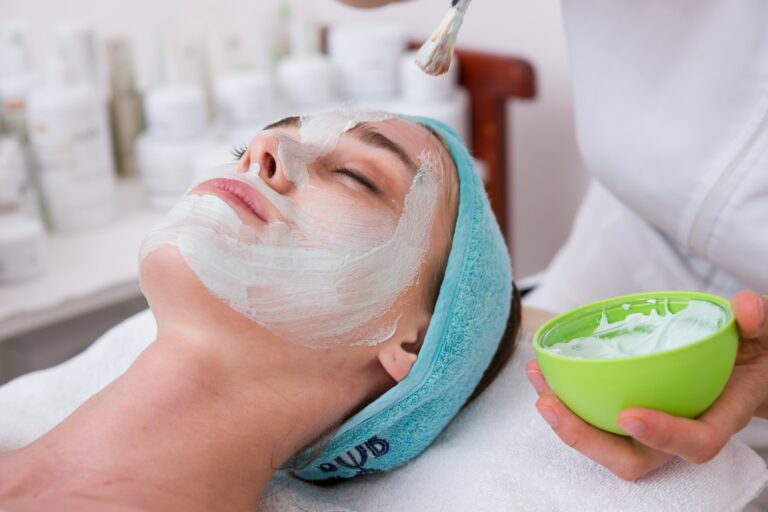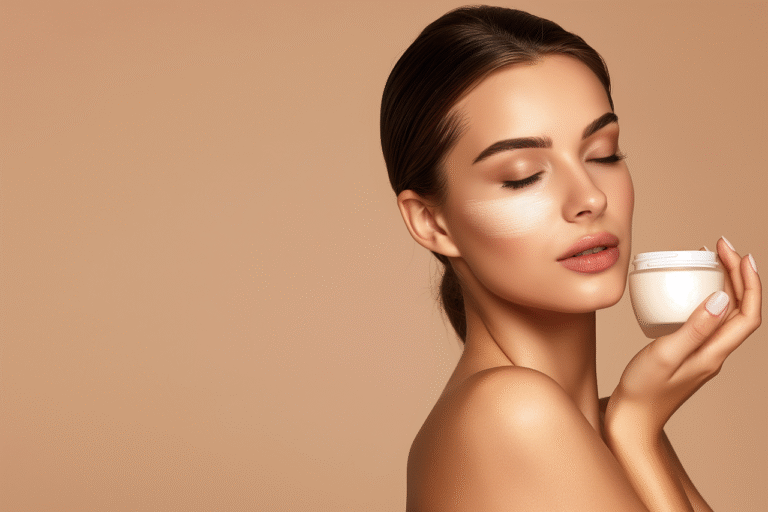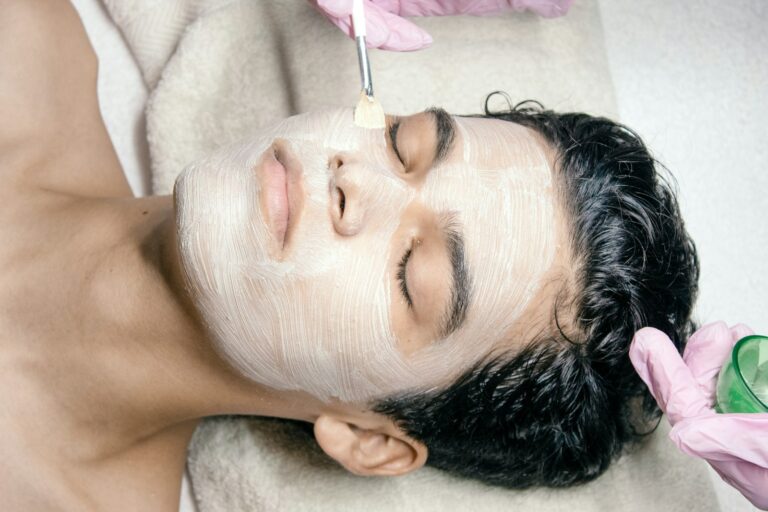Beginners often find themselves overwhelmed by the wide array of skincare products available today, and retinol stands out as one of the most revered yet misunderstood ingredients. If you’re looking to improve your skin’s texture, tackle fine lines, or combat acne, understanding how retinol works is necessary. However, it’s important to be aware of potential side effects like irritation and sensitivity, especially if you’re just starting out. In this post, we’ll break down the key aspects of retinol, so you can safely incorporate it into your skincare routine and reap its many benefits.
Why Retinol Matters for Skin Health
Integrating retinol into your skincare routine can transform the overall appearance of your skin. This powerhouse ingredient works at a cellular level, promoting skin renewal, and enhancing your complexion’s texture and tone. Retinol encourages the shedding of dead skin cells, revealing healthier, fresher skin underneath. This process not only helps to minimize the appearance of fine lines and wrinkles but also aids in the reduction of hyperpigmentation and uneven skin tone. The versatility of retinol makes it a must-have for anyone aiming to achieve a radiant and youthful complexion.
The Role of Retinol in Skincare
Retinol is a derivative of vitamin A, which is fundamental for skin health. When applied topically, it gets converted into retinoic acid, the active form that interacts with skin cells. This interaction stimulates collagen production, a protein that keeps your skin firm and elastic. Additionally, retinol plays a significant role in unclogging pores, preventing acne breakouts, and decreasing the formation of comedones. Incorporating retinol into your routine can result in a clearer complexion while also increasing skin cell turnover rates, which is vital for maintaining youthful skin.
Benefits Beyond Wrinkles: More than Meets the Eye
Your skin’s health hinges on much more than just wrinkle reduction when it comes to retinol. This ingredient also combats signs of sun damage, such as pigmentation and rough texture, by promoting even skin tone and smoother surface appearances. Beyond aesthetics, studies have shown that retinol can improve skin hydration and help regulate oil production, making it an excellent choice for individuals with oily or combination skin types. Furthermore, retinol can enhance the effectiveness of other skincare products by increasing transdermal absorption, so your serums and moisturizers can work harder for you, optimizing your skincare routine.
Exploring the full spectrum of retinol’s benefits reveals its multifaceted role in skincare. With a history of research demonstrating its capacity to enhance skin’s overall resilience, retinol is effective in minimizing enlarged pores and refining skin texture while also protecting against environmental damage. Not only does it target visible aging signs, but it also creates a holistic, healthier skin barrier, allowing your complexion to combat external aggressors more effectively. Retinol proves that it’s more than just a wrinkle remedy; it’s a cornerstone of skin health that fosters vibrance and vitality.
Decoding the Science: How Retinol Works
Cellular Regeneration and Collagen Production
Your skin is in a constant state of renewal, but as you age, this process slows down significantly. Retinol stimulates cellular turnover, which accelerates the shedding of dead skin cells and promotes the growth of new ones. By enhancing this natural regeneration process, retinol reveals fresher, smoother skin beneath the surface. Studies have demonstrated that regular retinol use can lead to a reduction in fine lines and an overall improvement in skin texture, with a marked increase in cell turnover rates by as much as 30% within a few weeks of consistent use.
Moreover, retinol plays a vital role in boosting collagen production. Collagen, a protein that provides structure and elasticity to your skin, diminishes with age. The application of retinol encourages your skin cells to produce more collagen, which helps to restore that youthful firmness. By reinforcing the skin’s foundation, you can expect a noticeable plumpness and a reduction in sagging over time, making retinol a key ally in the fight against aging.
The Impact of Vitamin A on Skin Texture and Tone
Improving the texture and tone of your skin is one of the most celebrated benefits of retinol. It works by promoting an even distribution of melanin, the pigment responsible for skin color, which can help to fade hyperpigmentation, age spots, and acne scars. Through this mechanism, many users report brighter and more uniformly toned skin after adopting retinol into their regimen. This vitamin A derivative alters the skin’s surface microstructure, resulting in a smoother and more refined appearance.
The effects of retinol on skin texture are multilayered. Besides addressing uneven pigmentation, the increased cell turnover fosters the sloughing off of rough, dry patches, allowing for a softer, more radiant complexion. With periodic usage, you might notice that pores appear smaller and less prominent, which can significantly enhance your overall skin clarity. Incorporating retinol not only contributes to your skincare goals but also creates a solid foundation for the effectiveness of other products in your routine.
Common Misconceptions Debunked
Myths About Retinol and Skin Irritation
You may have heard that retinol always leads to skin irritation, resulting in redness and peeling for everyone who incorporates it into their routine. While it’s true that some individuals experience initial sensitivity, this doesn’t apply universally. The key lies in the way you introduce retinol into your skincare regimen. Starting with a low concentration, applying it every other night, and gradually increasing frequency allows your skin to acclimate.
Additionally, using a hydrating moisturizer can significantly alleviate discomfort, counteracting potential dryness. Be cautious about layering with other potent active ingredients, as this cocktail can exacerbate irritation. Keep in mind that adverse reactions are a signal to adjust your application process rather than an absolute reason to abandon retinol altogether.
The Truth About Sun Sensitivity and Retinol Use
Contrary to popular belief, retinol doesn’t make your skin universally sensitive to the sun, but it can heighten your skin’s reactivity to UV exposure if not properly managed. This means you should always apply a broad-spectrum sunscreen during the day, especially if you’re using retinol. However, this precaution is necessary for all skincare routines, as UV damage can undermine even the best anti-aging efforts.
Retinol accelerates cell turnover, which can result in newly exposed skin being more vulnerable to sunburn. Therefore, expect to see better results from retinol when you prioritize diligent sun protection—after all, dark spots and fine lines can be exacerbated by sun damage. Your skin deserves protection, so applying SPF daily is a beneficial habit.
Utilizing retinol in the evening allows the formula to work overnight, while daytime sun exposure should always be paired with effective sunblock. Aim for an SPF of at least 30, reapplying as needed, to shield yourself from UV damage. Keeping this routine will ensure you reap the full benefits of retinol without compromising your skin’s health.
Navigating Your First Retinol Journey
Choosing the Right Formulation for Your Skin Type
Finding the right retinol formulation starts with understanding your skin type. Individuals with dry or sensitive skin might benefit from a lower concentration of retinol, such as 0.25% or 0.5%, which can provide benefits without overwhelming your skin. In contrast, if you have oily or acne-prone skin, a higher concentration like 1% could be suitable to tackle those persistent breakouts effectively. Pay attention to additional ingredients like hyaluronic acid or ceramides, which can help balance moisture levels, mitigating any potential drying effects of retinol.
You can also look for *encapsulated retinol* which releases the active ingredient gradually, offering a gentler approach. Always seek formulations that are labeled as “fragrance-free” to avoid irritation, especially during your initial use. Start slow with retinol and give your skin time to adapt to the new regime—this can ultimately make a significant difference in how your skin reacts.
Effective Application Tips: Timing and Layering
The timing of your retinol application plays a major role in its effectiveness. Most experts recommend applying retinol at night as part of your evening routine, due to its sensitivity to sunlight that can reduce its potency. After cleansing your skin, wait for your face to dry completely—this can lessen the likelihood of irritation. Following this, a pea-sized amount of retinol should be applied evenly across your face, avoiding sensitive areas like the eyes and mouth.
Layering your skincare products is also key. Wait around 20 minutes after applying retinol to let your skin absorb it fully before applying other products. Hydrating serums or moisturizers can follow to soothe the skin. Remember that applying retinol in combination with products containing active ingredients, like AHAs or BHAs, may increase the risk of irritation. When in doubt, consider using these potent products on alternating nights instead.
- Apply retinol at night for optimal effectiveness.
- Allow your skin to dry completely to minimize irritation.
- Use a pea-sized amount for even application.
- Layer with a moisturizer after allowing retinol to absorb.
- Choose products with hydrating ingredients for balance.
Assume that your skin will experience some reaction during the first few weeks; this is natural. A careful introduction of retinol into your routine allows you to maximize the benefits it provides while minimizing discomfort.
- Utilize hydrating serums to counteract dryness.
- Consider alternating nights for active ingredients.
- Wait 20 minutes post-application before adding other skincare products.
- Identify signs of irritation, like redness or peeling.
- Start at a lower concentration for sensitive skin types.
Assume that consistent use over time will yield visible improvements in your skin’s texture and tone. Keeping a keen eye on how your skin reacts during your initial journey will help you adapt your approach, ensuring that you harness the full potential of retinol while promoting optimal skin health.
Realistic Expectations and Long-term Commitment
Committing to a retinol regimen requires understanding that visible results don’t occur overnight. Patience plays a vital role in your transformation. You’re likely to see initial improvements in skin texture and tone within a month or two, but the most significant changes, such as reduction in wrinkles and hyperpigmentation, typically take three to six months of consistent use. Adjusting your expectations allows you to enjoy the journey rather than feeling frustrated by immediate results. When you view retinol as a long-term skin investment, you’ll appreciate the gradual improvements in your skin’s overall appearance and health.
Understanding the Adjustment Period
Many beginners underestimate the adjustment period when introducing retinol into their skincare routine. Initially, your skin might experience dryness, flakiness, and even some redness as it adapts to this powerful ingredient. This transitional phase can last from a few days to several weeks, depending on your skin type and the strength of the retinol you’re using. To ease your skin into the process, consider starting with a lower concentration and gradually increasing it as your skin adjusts. Incorporating more hydrating products, such as hyaluronic acid or ceramides, can also help mitigate irritation during this time.
Evaluating Progress: What to Look For
As you navigate your retinol journey, monitoring your skin’s reactions becomes important. Within the first month of use, evaluate your skin for improvements in texture and brightness. It’s common to notice a smoother surface and a more even complexion as your skin begins to shed dead cells more effectively. Additionally, keep an eye out for any persistent irritation, which may signal that you need to reassess your application frequency or formulation strength. Pay attention to changes in your skin condition over time to ensure that the benefits outweigh any discomfort.
Progress can often be evaluated through a series of criteria including the fading of dark spots, a reduction in fine lines, and an overall improvement in skin firmness. Take photos every few weeks for a visual record of your journey, as this will help you recognize subtle changes that may not be immediately noticeable in the mirror. Tracking progress boosts your motivation and enhances your understanding of how retinol works for your unique skin, revealing the long-game benefits of this potent ingredient.
Conclusion
Summing up, understanding retinol is key to enhancing your skincare routine and achieving your desired results. As a beginner, you should feel empowered by the knowledge of how retinol works and the various options available to you. Tailoring your use of retinol to your specific skin type and concerns can lead to improved skin texture, reduced fine lines, and a more radiant complexion. By starting slowly and considering lower concentrations, you can seamlessly integrate this powerful ingredient into your regimen while minimizing potential irritation.
Incorporating retinol into your skincare routine can be a rewarding journey, but it’s important to be patient as you allow your skin to adapt. Maintaining a consistent application schedule, alongside proper sun protection, will help you maximize the benefits of retinol without overwhelming your skin. With the right approach and informed decisions, you can confidently unlock the transformative potential of retinol and enjoy the many benefits it brings to your skin health.







